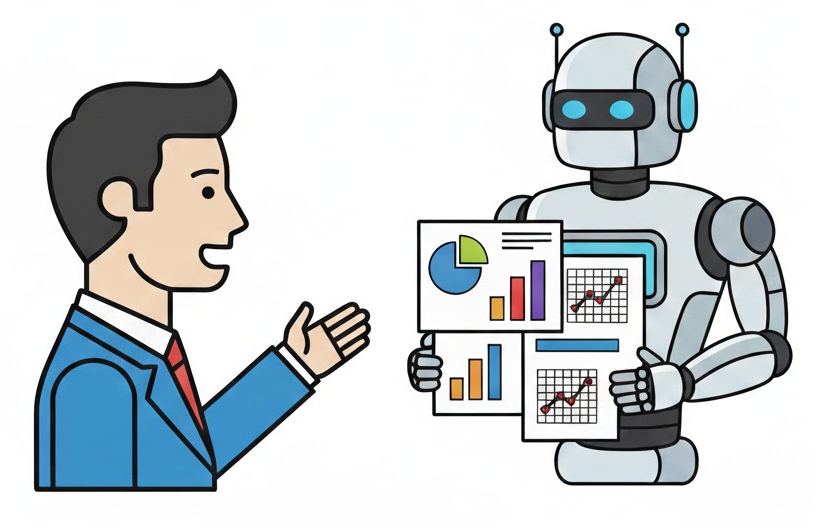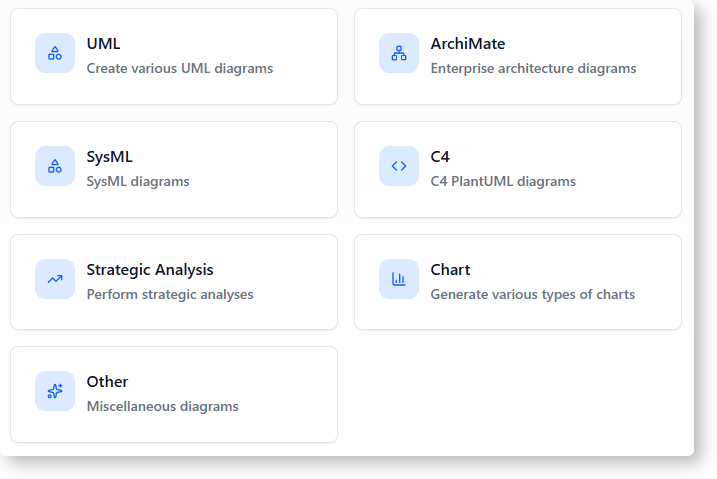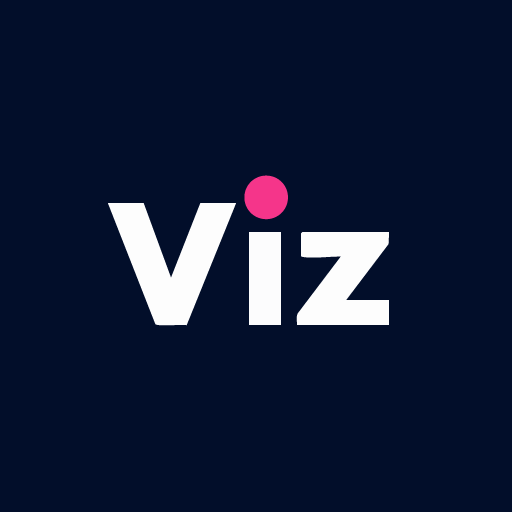How Human Insight with AI Automation Results in Clearer, Faster, and More Consistent Diagrams
In software engineering and systems design, diagrams are not just visual aids—they are formal representations of logic, behavior, and structure. The quality of these diagrams directly impacts how well teams understand systems, communicate requirements, and make decisions. Traditional modeling approaches rely on manual creation, which can introduce inconsistencies, delays, and errors due to human bias or incomplete context.
Modern modeling tools are shifting toward automation. But true value emerges not from replacing human judgment with machine output, but from combining it. Visual Paradigm’s AI chatbot for diagrams exemplifies this balance: it delivers consistent diagram generation from natural language input while preserving the nuance and intent that only human insight can provide.
The Limitations of Manual Modeling
When teams manually create diagrams—whether UML use case, ArchiMate, or C4 models—the process is inherently slow and prone to variation. For instance, two engineers describing the same system may produce differing use case diagrams because of how they interpret actors, use cases, or dependencies. This inconsistency creates a risk of miscommunication, especially in cross-functional or distributed teams.
Moreover, generating a SWOT or PEST analysis from scratch requires domain knowledge and contextual awareness. Without structured guidance, the output is often superficial or misaligned with business realities. This gap is where AI-powered diagramming truly begins to add value—not as a replacement, but as a co-pilot.
AI-Powered Diagramming with Human Context
The core innovation in Visual Paradigm’s AI chatbot is its ability to turn natural language into accurate, standardized diagrams. When a user describes a scenario like “Show a deployment diagram for a cloud-based e-commerce platform with three microservices and an external database,” the AI parses the description using trained models for modeling standards and generates a compliant diagram that reflects architectural best practices.

This is not guesswork. The AI uses domain-specific knowledge—such as relationships between components, valid deployment patterns, and standard naming conventions—to ensure the output is technically sound. It supports multiple standards, including UML, SysML, ArchiMate, C4, and business frameworks like SWOT or Ansoff Matrix.
The result is consistent diagram generation across different users and use cases—because the AI applies rules and patterns learned from real-world diagrams, not just generic templates.
Enhancing Accuracy with Human Insight
The AI does not operate in isolation. Each generated diagram is a starting point, not a final product. Users can then refine it through ai diagram editing—adding, removing, or modifying elements like shapes, labels, or connections. This step introduces human judgment: a team leads a discussion around whether a service should be modeled as a container or a component, or whether a certain dependency should be explicit.
For example, after the AI generates a sequence diagram of a checkout flow, a product manager might add a step for “customer identity verification” that wasn’t in the original input. This is where human insight with AI automation shines—AI provides the structure, and humans add the specificity.

This workflow ensures that diagrams remain grounded in real-world business logic, avoiding over-automation that might miss critical context.
Supported Diagram Types and Industry Standards
The AI chatbot supports a wide range of modeling standards, making it suitable for diverse projects:
- UML: Class, Sequence, Use Case, State, Activity, Component
- ArchiMate: With over 20 viewpoints, including business, technology, and stakeholder layers
- SysML: Requirement, Block Definition, Internal Block Diagram
- C4: System context, deployment, container, component
- Business Frameworks: SWOT, PEST, PESTLE, SOAR, Eisenhower Matrix, McKinsey 7S, Blue Ocean Four Actions, Ansoff Matrix
- Charts: Bar, Line, Area, Pie, Scatter, Radar
Each type is generated according to formal standards, ensuring clarity and interoperability. This is essential for teams using modeling tools across different domains—engineering, business analysis, or enterprise architecture.

Why This Approach Outperforms Generic AI Tools
Many AI-powered tools offer diagram generation, but they lack the precision of professional modeling frameworks. They often produce visually correct but semantically flawed outputs—e.g., a sequence diagram where the message flow violates communication rules.
Visual Paradigm’s AI chatbot is trained on years of real modeling practice. It understands the semantics behind each diagram type. For example, it knows that in a use case diagram, a “system boundary” must be clearly defined, and that “actor” roles should reflect real-world entities. This ensures that ai-powered diagramming is not just about visuals, but about correctness and consistency.
The integration with the full Visual Paradigm desktop suite allows users to import diagrams for further refinement, export them in structured formats, or generate reports from them—without losing the original intent.
A Workflow That Scales with Expertise
Here’s how a typical workflow unfolds:
- A business analyst describes a new product launch plan in natural language.
- The AI generates a SWOT analysis and a system context diagram (C4).
- The team reviews the output, identifies missing elements (e.g., a risk factor for regulatory compliance).
- The analyst adds those details using the ai diagram editing tools.
- The final diagrams are shared with stakeholders for feedback.
This process reduces time to ideation and increases accuracy. It allows non-experts to participate in modeling by describing their vision, while experts ensure the diagrams reflect real-world constraints.
Frequently Asked Questions
Q: Can the AI understand complex business scenarios?
Yes. The AI models are trained on a broad range of business and technical scenarios, enabling it to interpret complex descriptions and generate appropriate diagrams. Whether it’s a PEST analysis or a detailed system context, the model maps intent to structure.
Q: How does the AI maintain consistency across diagrams?
The AI applies standardized rules for diagram types, including naming, labeling, and relationship types. This ensures consistent diagram generation regardless of who creates the input or the source of the description.
Q: Is the output always accurate?
The AI generates a plausible, contextually appropriate diagram. However, final accuracy depends on the user’s input and follow-up refinements. This is where human insight with AI automation adds value—AI provides the foundation, humans validate the outcome.
Q: Can I edit the diagrams after generation?
Yes. The AI chatbot supports ai diagram editing, allowing users to modify shapes, labels, and connections. This ensures the final output reflects actual system behavior.
Q: Does the tool support multiple modeling standards?
Yes. It supports UML, SysML, ArchiMate, C4, and key business frameworks—all with consistent formatting and modeling rules.
Q: Where can I try this feature?
You can start exploring the capabilities of the AI chatbot for diagrams at https://chat.visual-paradigm.com/. This is a standalone experience that works within the broader Visual Paradigm ecosystem for advanced modeling at https://www.visual-paradigm.com/.
